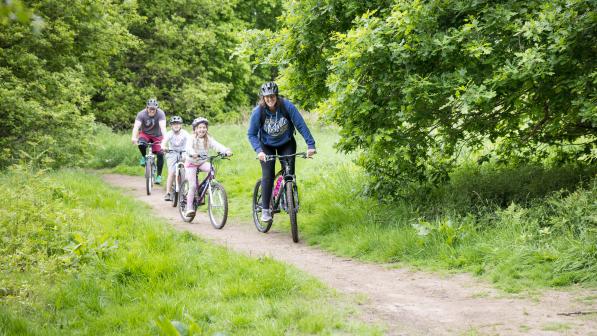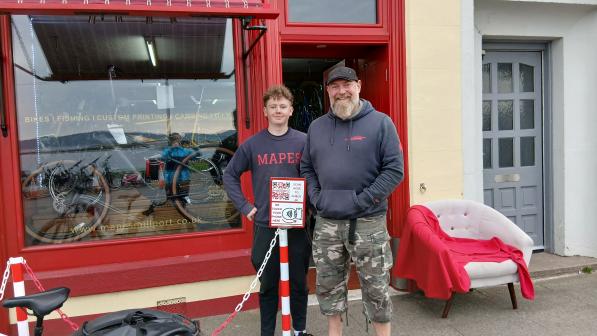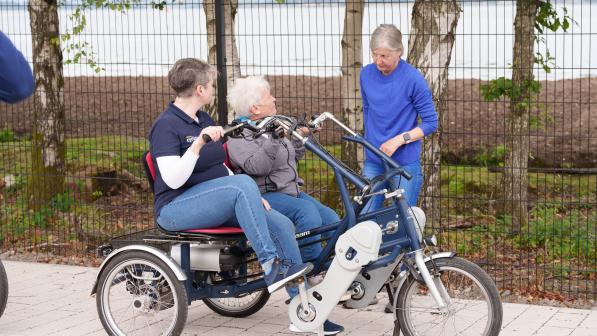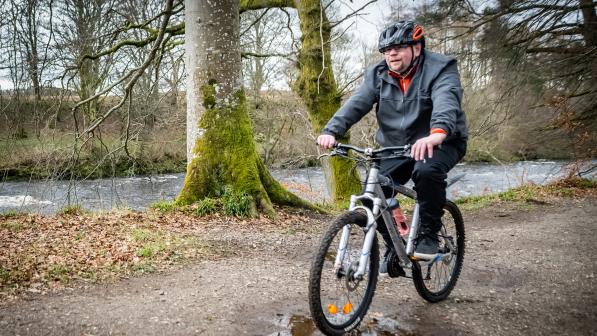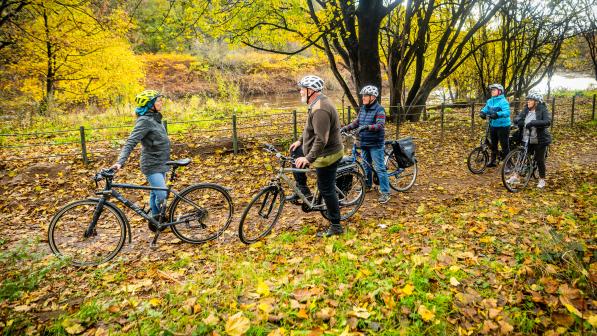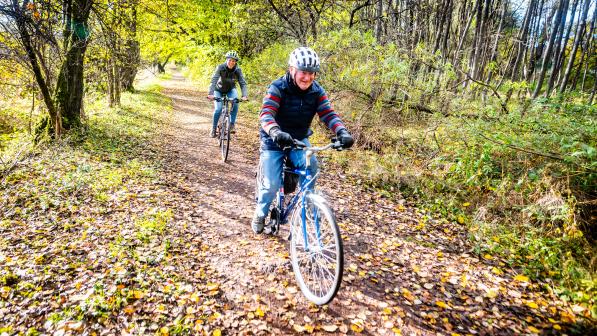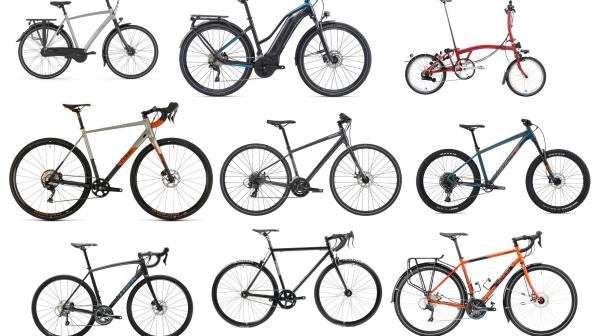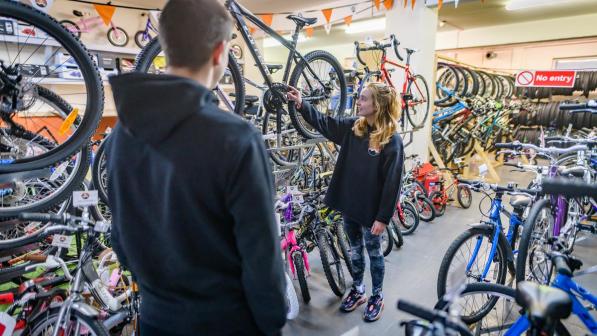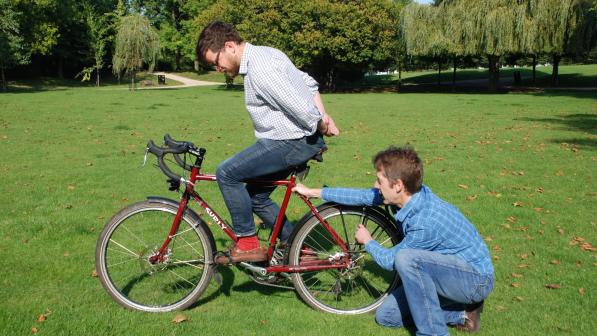Buying a bike: A guide for Cycle Access Fund grant recipients

Whether applying under the individual or shared use strands of the Cycle Access Fund, it’s essential that bikes are good quality and easy to maintain and repair — helping to ensure long-term use, safety and value for money.
Start with the rider’s needs
Start by considering the individual needs of the rider – whether they need a traditional or e-bike, and whether a standard or non-standard model would best suit them.
Next, determine how the person will use the bike and select the type(s) that best meet their needs. Consider the distance and purpose of their journeys – will they be using the cycle for commuting, leisure, health or errands?
If you’re looking for more help, your local bike shop can provide excellent advice. It’s often worthwhile for recipients to visit the shop and see what bikes are available, test different sizes, and find a style that suits them best.
Buying the right bike can lead to a long-lasting relationship with cycling, so it’s important to get it right the first time. If purchasing online, use a reliable sizing guide (such as those from Evans or Decathlon) to ensure a good fit.
How much should you spend?
A good-quality adult bike costs around £400-£600 from a bike shop. These will be fully assembled and ready to ride. A quality children’s bike generally costs £200-£400.
Self-assembly bikes can be cheaper, but they require mechanical skill to set up correctly and safely.
Many communities in Scotland have community bike projects or sheds that sell refurbished bikes locally. Buying through these helps reduce your carbon footprint, supports local economies, and is often more affordable.

Choosing the right bike
Identify an appropriate type of bike.
Determine what your organisation, or the recipients, will be using the bike for:
- Short local journeys (shops, chores, visiting)
- Commuting
- Health and recreation
- Try-outs (bike libraries or shared schemes)
- Specialised group activities
Think about cycling needs:
- Traditional or e-bike?
- Standard or non-standard?
- What terrain or route type will it be used on?
- How much storage space does the person have?
Common types of bikes and their features:
- Town/low step/Dutch style – easy to mount and dismount; great for beginners and those with mobility concerns.
- Hybrid – a versatile choice for commuting, fitness and leisure riding.
- Mountain – best for off-road riding and rougher terrain.
- Road/touring/gravel – designed for longer rides and smooth surfaces.
- Step-through – highly accessible; ideal for shared-use schemes and beginners.
- Tricycle – provides additional balance support.
- Cargo – designed to carry children, goods or deliveries.
- Tandem – two riders; helpful for visually impaired cyclists paired with a sighted partner.
- Handcycle – for riders with lower-body disabilities.
Choosing the right child cycle
Your local bike shop should be able to help identify appropriate bikes by using this specification sheet.

Where to buy
We recommend using your local bricks-and-mortar bike shop if you have one. In our experience, this is the most straightforward and best way to buy a bike. The staff will be able to provide invaluable advice and bikes can be test ridden before purchase.
Not everyone will have access to a local shop, or your local shop may be part of a chain. There are a few things to be aware of if you choose to shop online or in a chain store.
Where possible, the best route for online ordering is to pick up the bikes at a branch of their high street shop to ensure they are the correct size and adjusted properly.
When ordering you should request that the bikes are fully assembled, all accessories attached and the bike properly set up. Follow-up checks and service may incur an additional charge.
Don’t be afraid to ask your bike shop about the ongoing maintenance that your preferred new bike may require.
